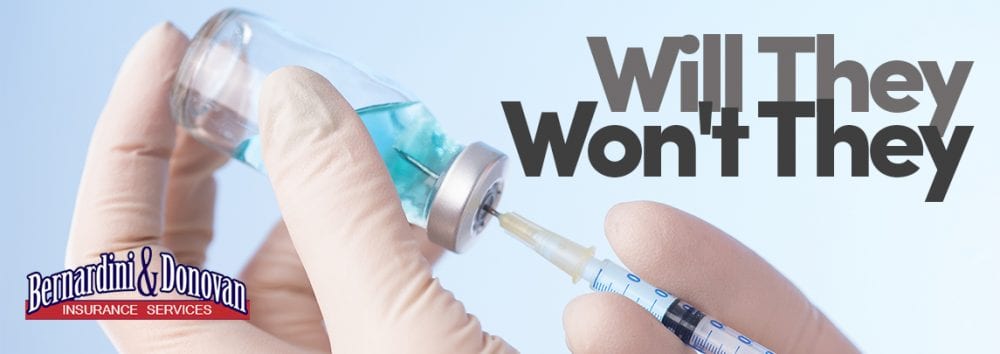Myth or Fact? Technology Causes Cancer
One of the newest accessories of status is the Apple Airpods. You can see them everywhere, and they speak of a certain status. The price tag associated with them probably helps with that status. But there is also an air of agreement with Apple that phone jacks are superfluous. With this growing trend there is always the age-old question: will Airpods cause cancer? As we move to more Bluetooth technology, we are increasing our exposure to RF (radio frequency) energy which is a form of electromagnetic radiation. But it is not only airpods that are using this technology. It is how you receive wifi on any portable device. It is used in your smartwatches, your Bluetooth speakers, and your wireless headphones. Look around you, and you can probably count a minimum of 5 things that are all using RF energy right now. Continue reading “Myth or Fact? Technology Causes Cancer”





